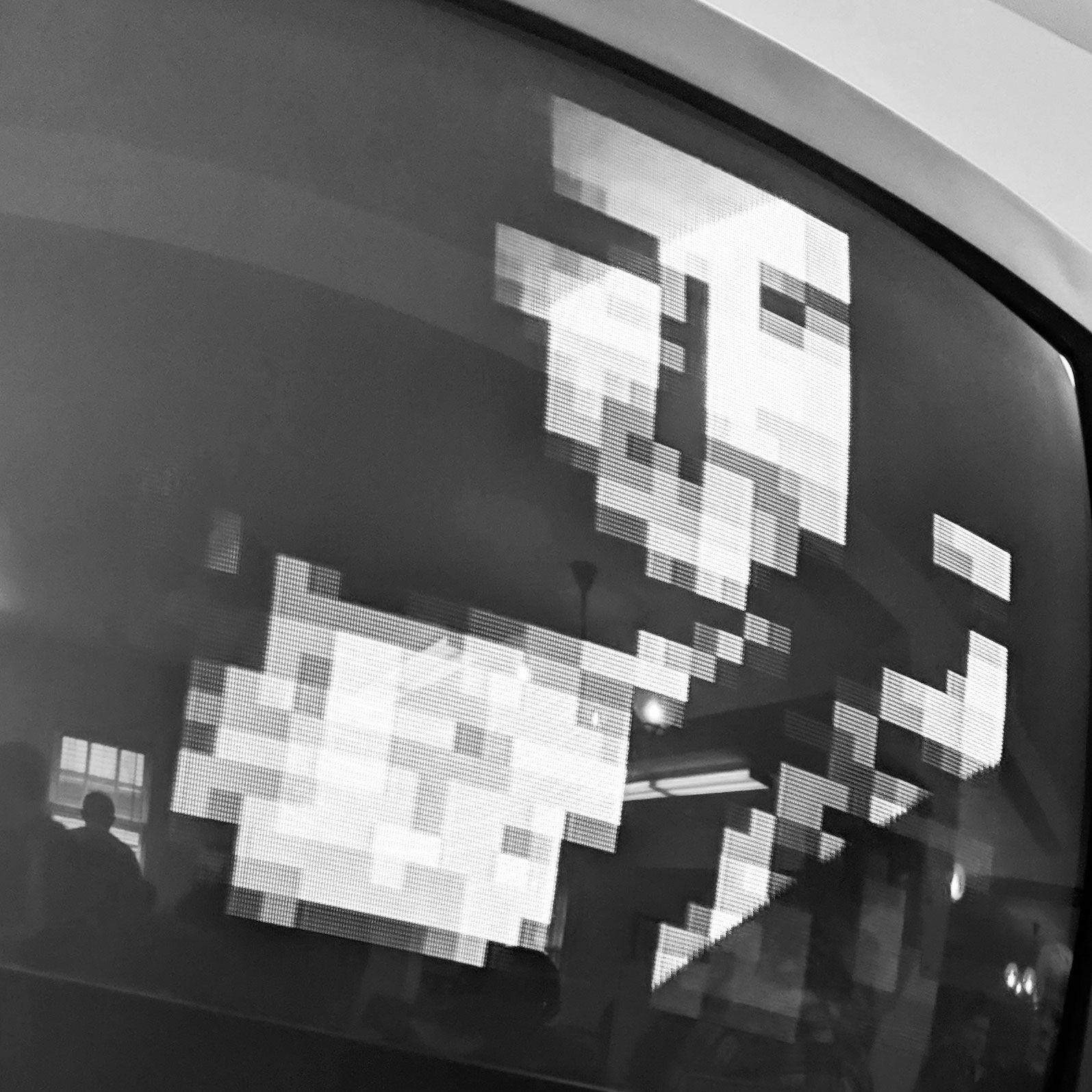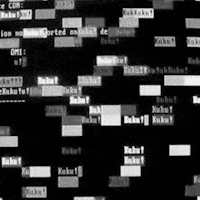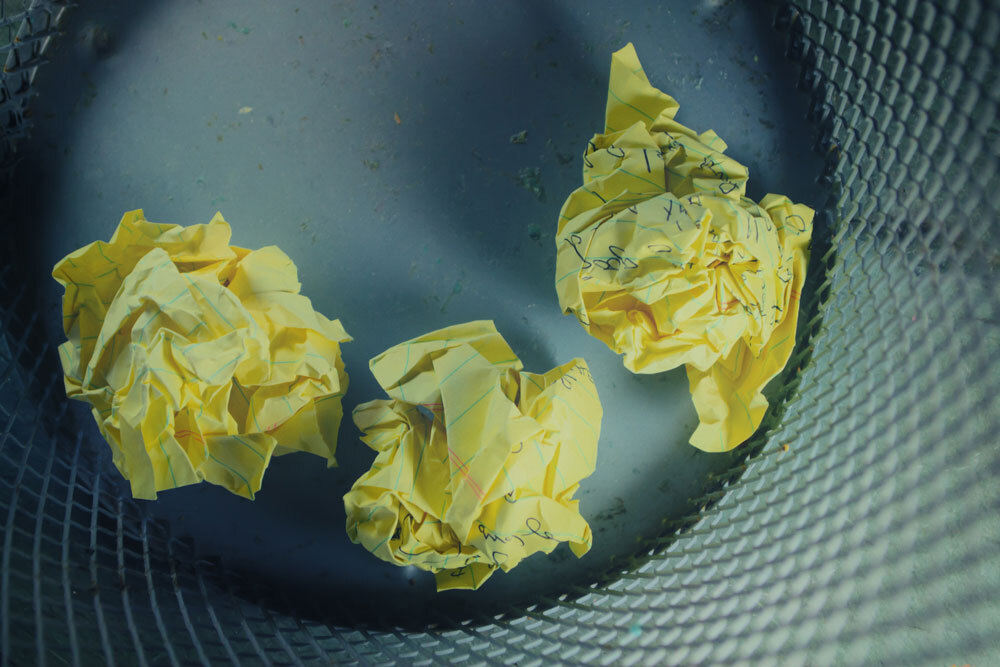
(Linus Nylund/Unsplash)
Currently, I’m staring at the edge of what I expect to be a challenging new project. It will start with a newsletter. Maybe it will be more than that. But it will start with a newsletter.
The project, as I’ve made clear in prior issues, will be the one to replace this newsletter in the end. It will not be a three-times-weekly newsletter. It will run once a week. And its focus will be what’s happening in the brave new space that social media finds itself in at the start of 2023.
(There may be a gap from the end date of MidRange to the start date of the new thing. I want to get it right.)
I think the reason why I find social media to be such an interesting topic at this moment is that it feels like non-visual, less-algorithmic, deep-thinking mediums are once again getting their due after a number of years in which imagery seemed to shape the way that interest in social media was growing.
Visuals are great. I enjoy visual things, and I love design. But social media, when too aggressively visually driven, can favor shiny objects over substance, and that means that some of the power of creation is lost in the process.
When we first started on our journey through social mediums, we started with longer works, often published with a lot of thought baked in. Some of the bloggers I recently featured in this list offer good examples of that.
But over time, it became more important to be shaped by visual elements and by algorithms, which meant that the goal was immediacy and shine—the more shiny the object, the more attractive it was to a large group of people, who would then be fed that object by algorithms. In many ways, this had an important impact on culture. It gave the regular person a voice in what goes “viral.” You didn’t need to be a newspaper owner or Ed Sullivan to help get an important new voice shared with a wide audience. You could literally be an individual wanting to speak up about something, anything, and with the right reaction, that voice could scale.
The problem is, this model faced some serious limitations over time. Powerful people increasingly came to realize what they had, and wanted to take steps to shape it. They bought out promising competitors; they tried to crush competition. They flooded the zone with shit, as an infamous adviser once put it. In one case, an extremely rich person bought an entire social network essentially because of the influence it carried.
All because they knew that what went viral could be shaped. It became the new important thing, more important than dominating the conversation. It was about how influence could be forged in new, dangerous directions.
The gatekeepers never truly went away. They just noticed that virality was an important tool for speaking truth to power, then dishonestly tried to siphon the tool’s ability to share truth and ability to share power. So now, to help protect our democracy and our world, we must embrace a “post-viral” world—one in which we learn how to better manage the power and risk that comes with “going viral” but emphasize the more fundamental community-building aspects of social media. They have been shaved down to the nub by an emphasis on what the algorithms want, but we can find ways to bring them back once again, so that we more effectively use the tool we’ve been given but dole its potentially destructive effects out more carefully.
When I use the phrase “post-viral,” I mean it in multiple senses, as well. At a time when an actual virus was endangering millions, people tried to use social media’s influence to turn information viral so it would distract us from the real danger in front of us.
So with new networks and a push away from the gatekeepers that seem to dominate the discussion, I think it’s important that we make room for post-virality, one where the power of “going viral” is to some degree tamped down, but the voices that might have been lost in the midst of algorithms and addictive networks have a place in the conversation once again.
Smarter people than I, who saw the problem before many of the rest of us did, already set the foundation. Let’s start building.
Time limit given ⏲: 30 minutes
Time left on clock ⏲: 54 seconds



